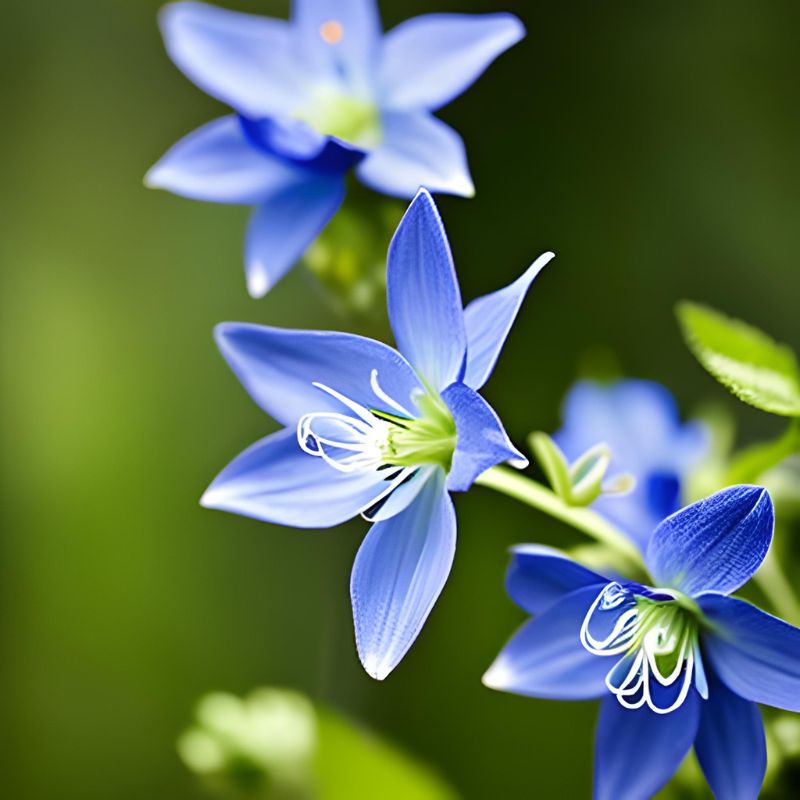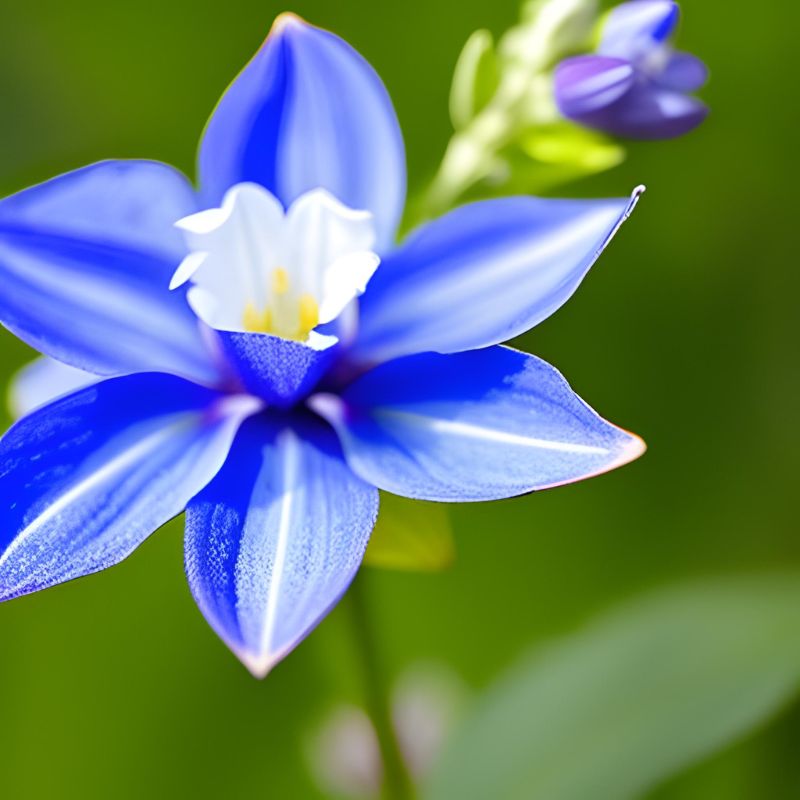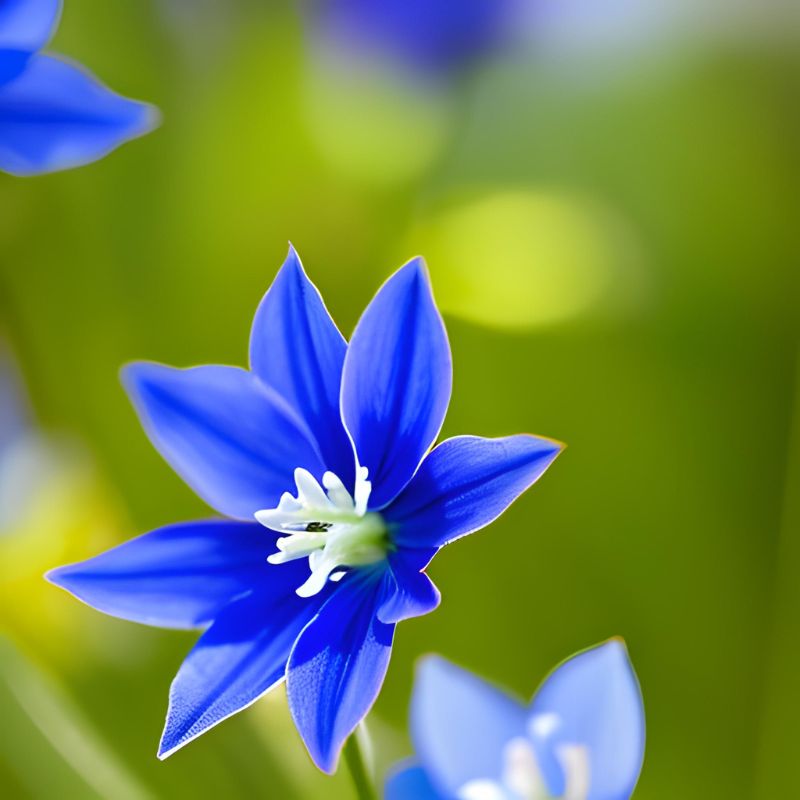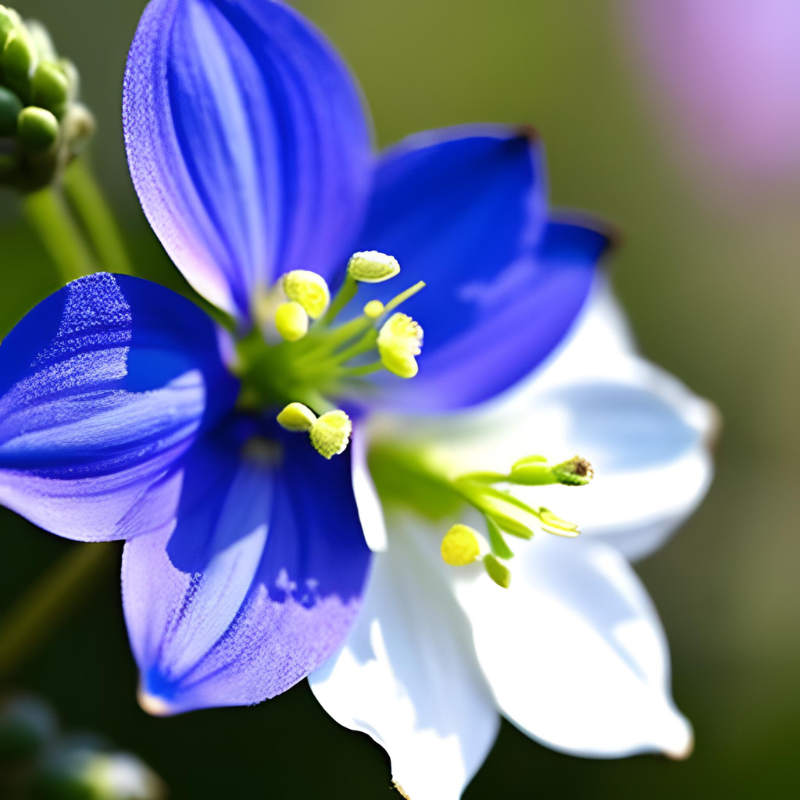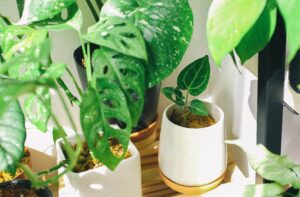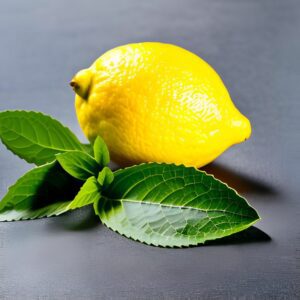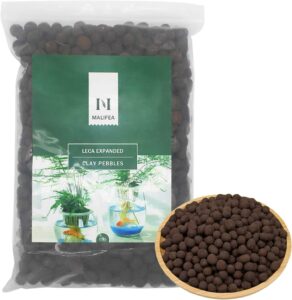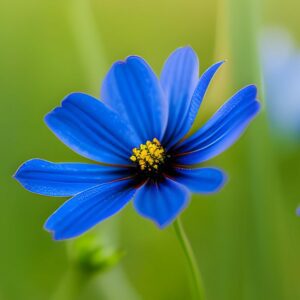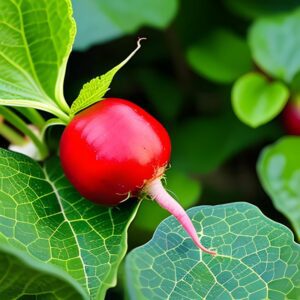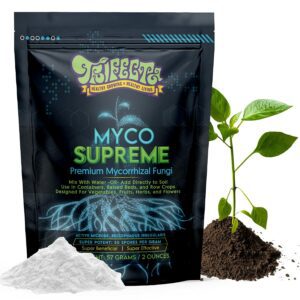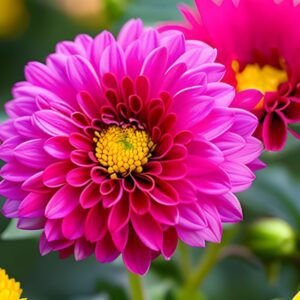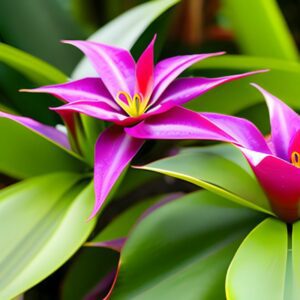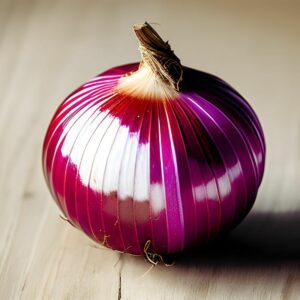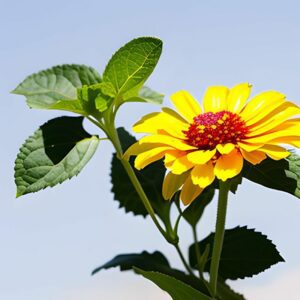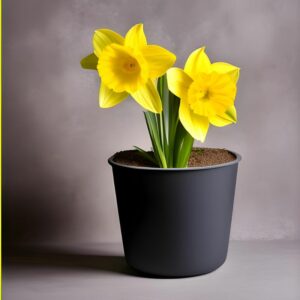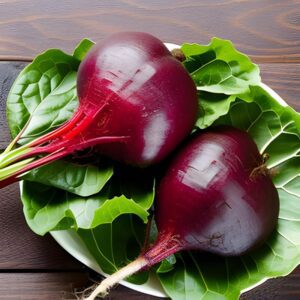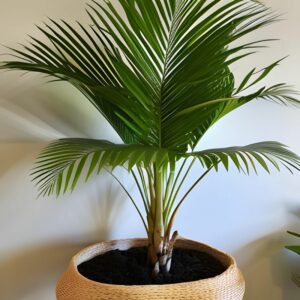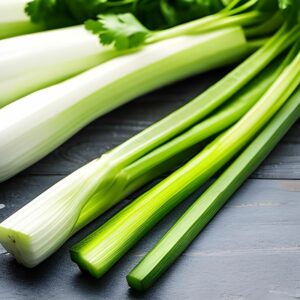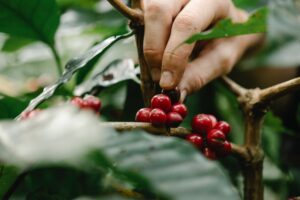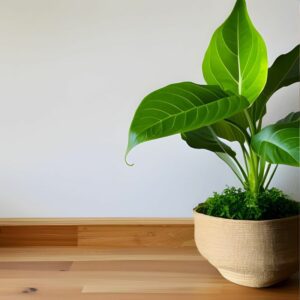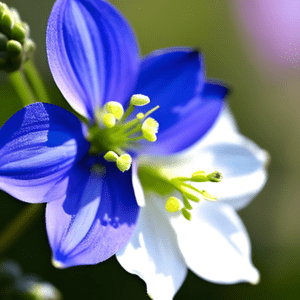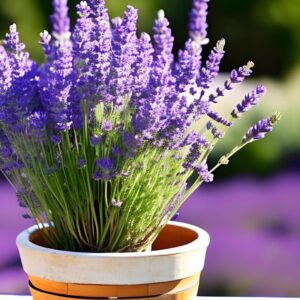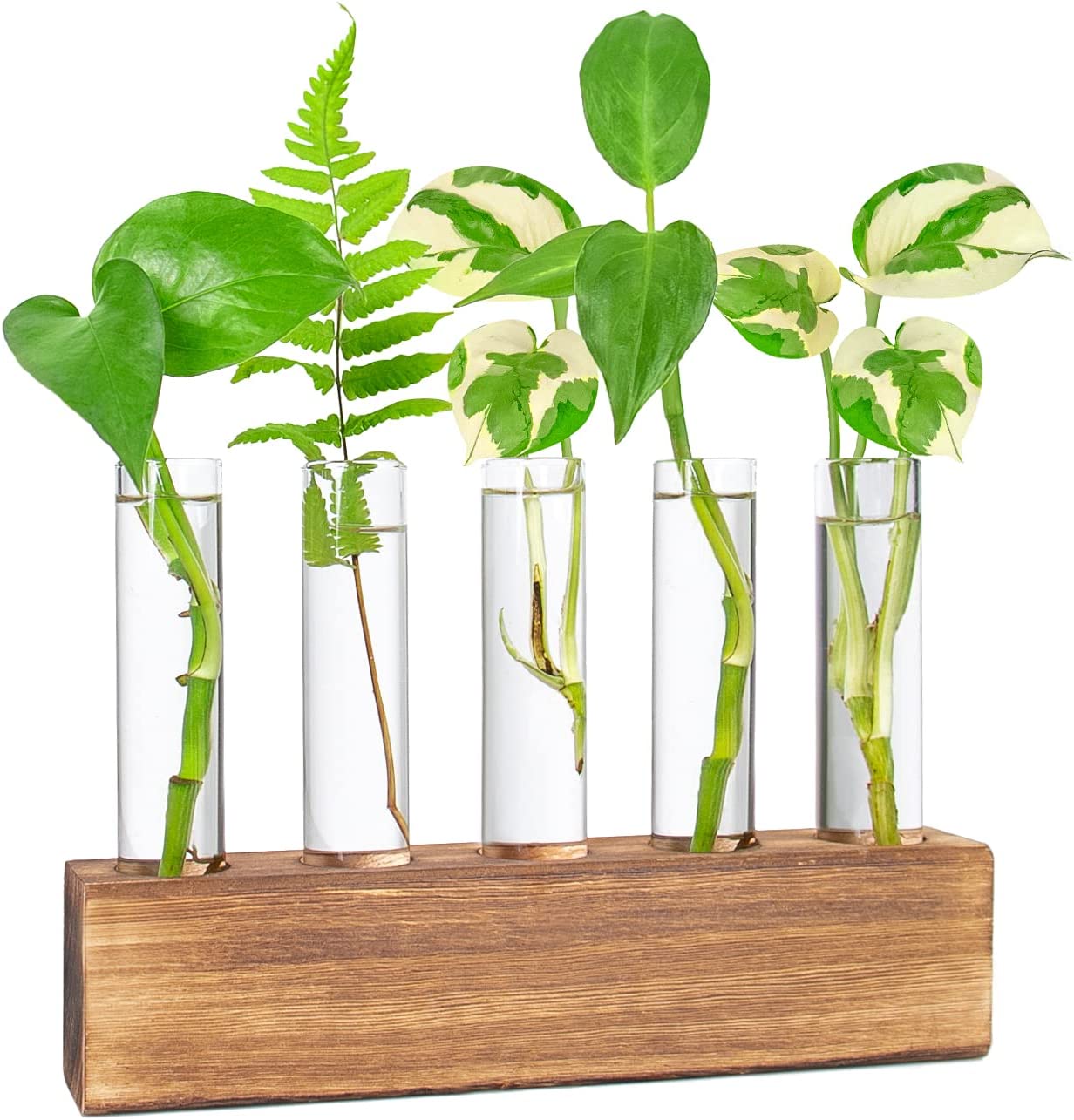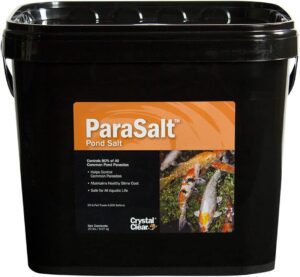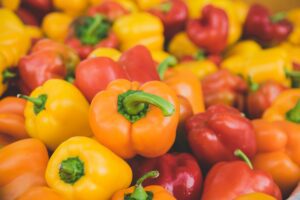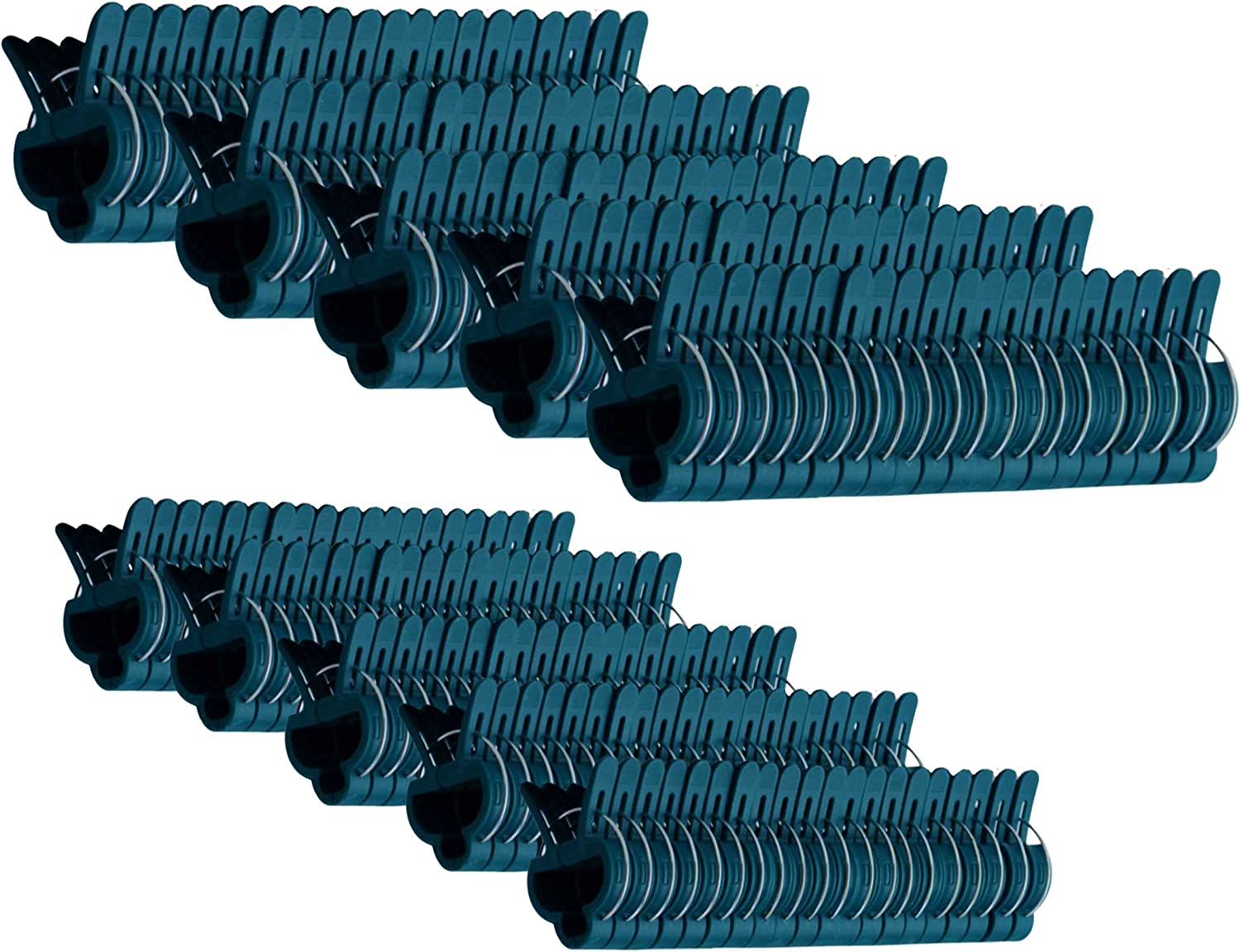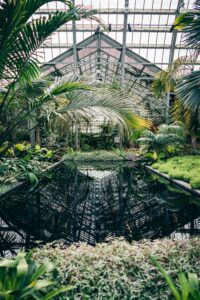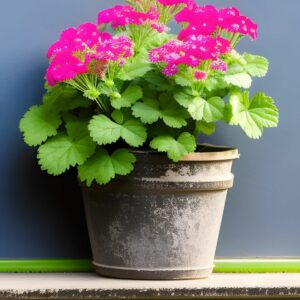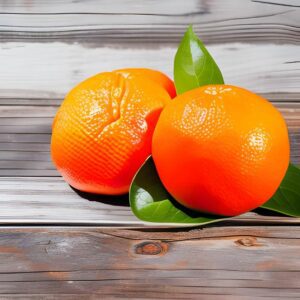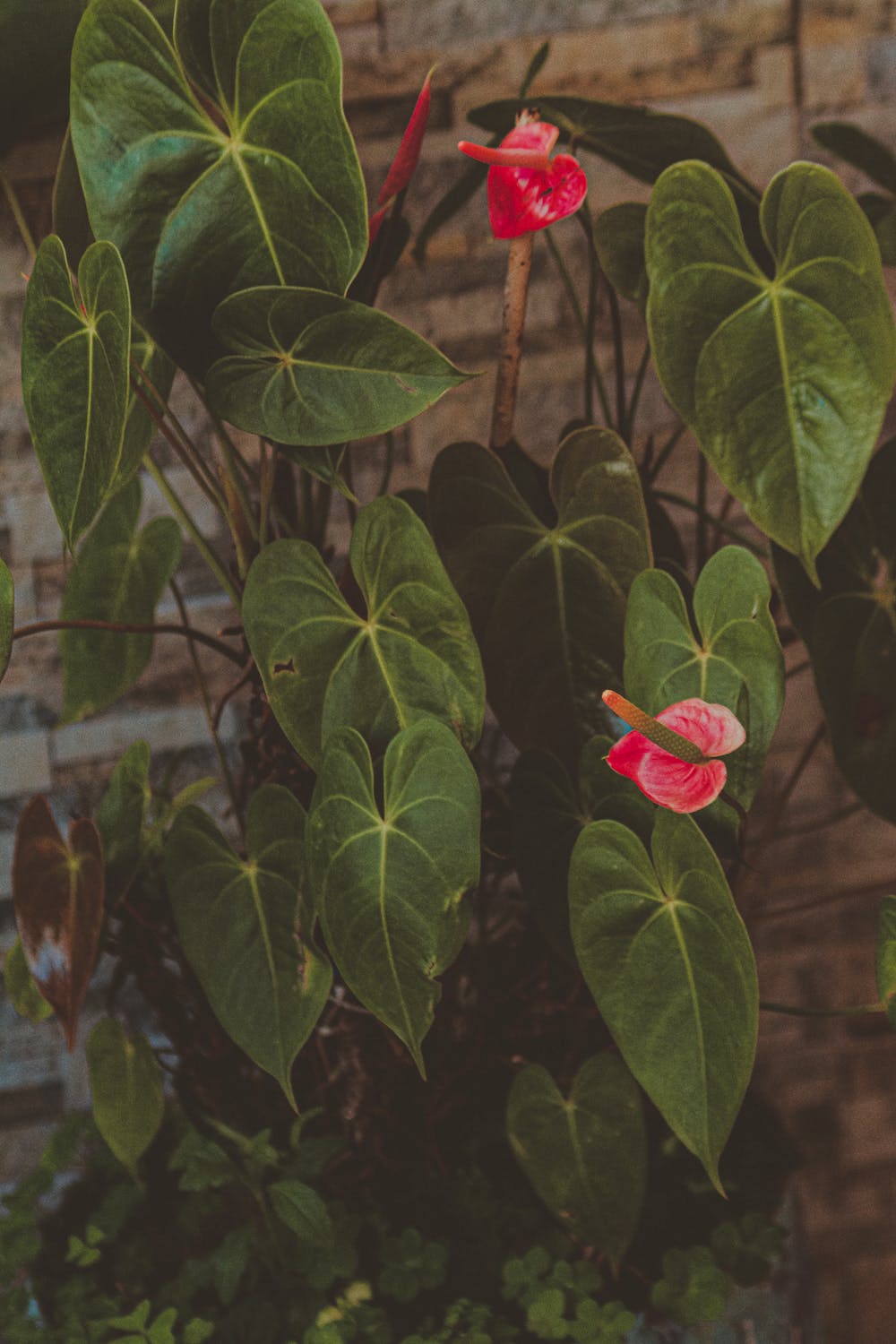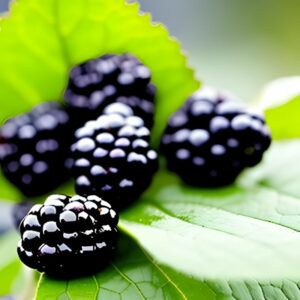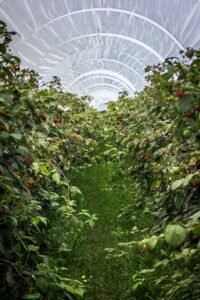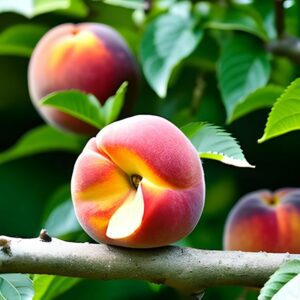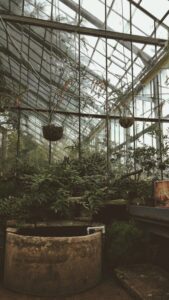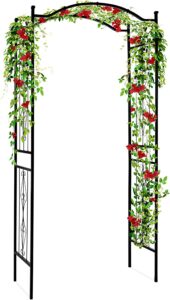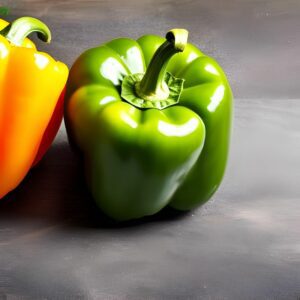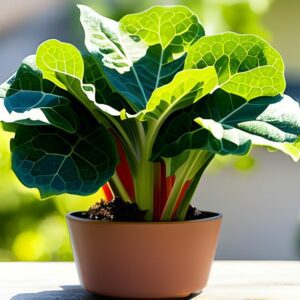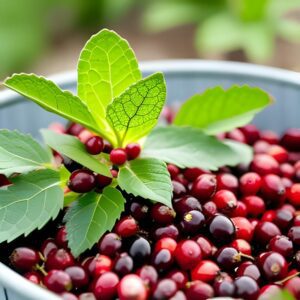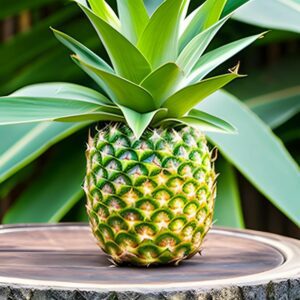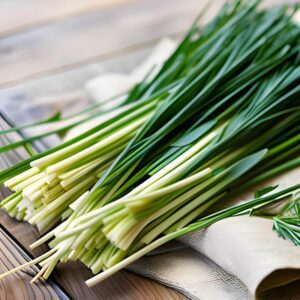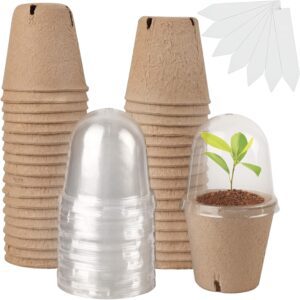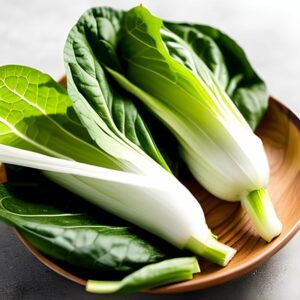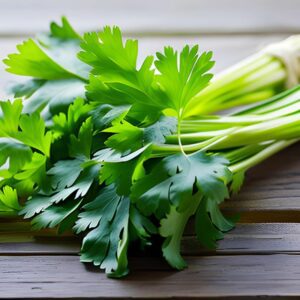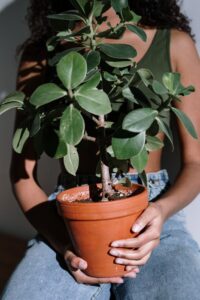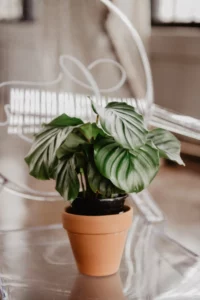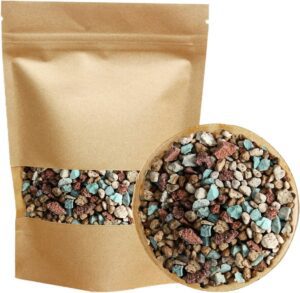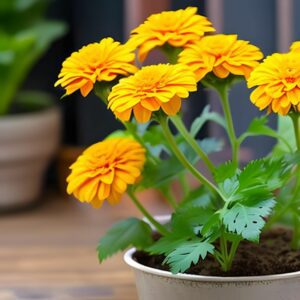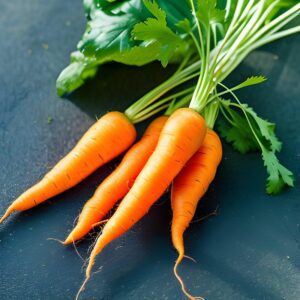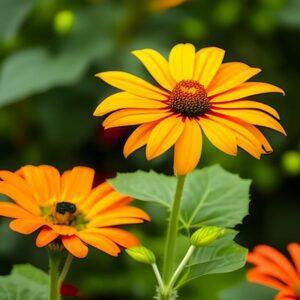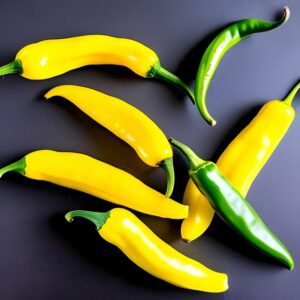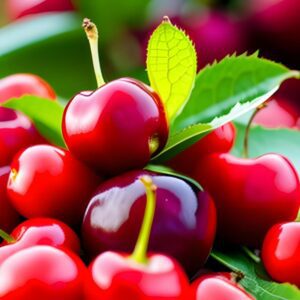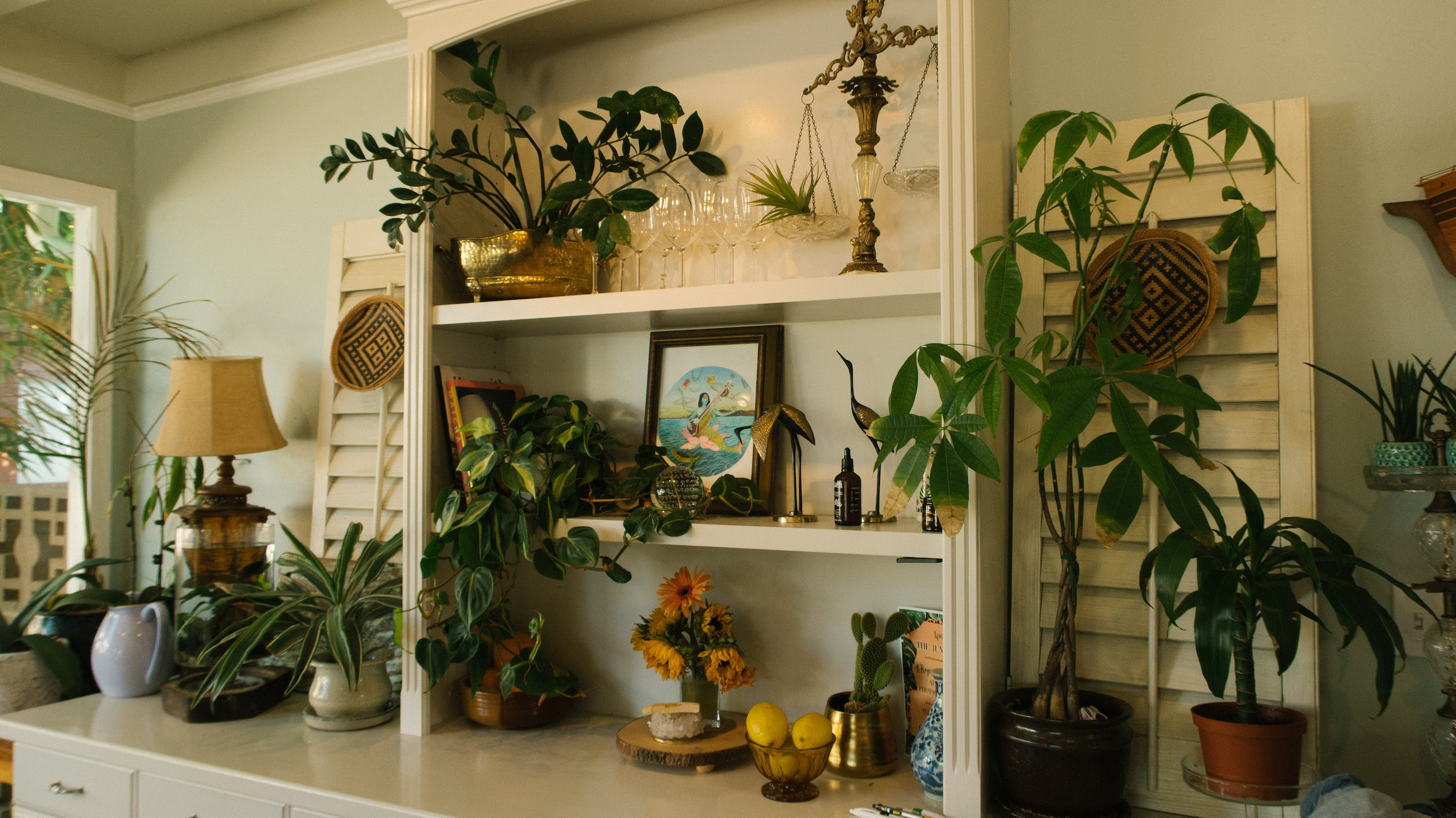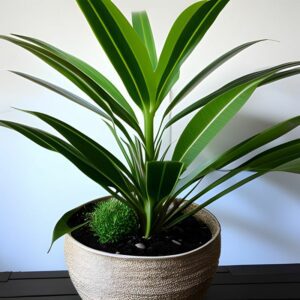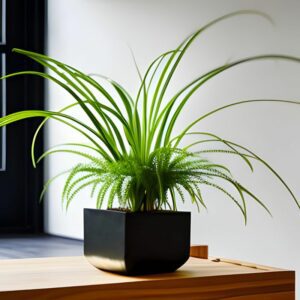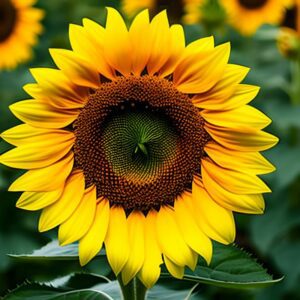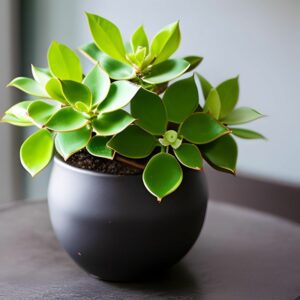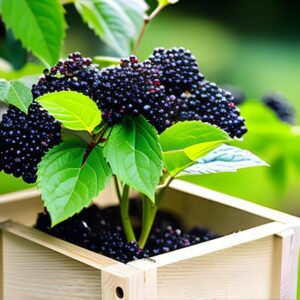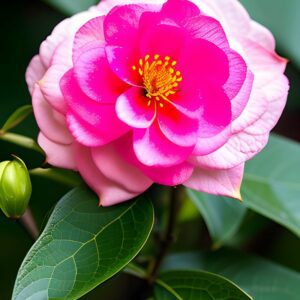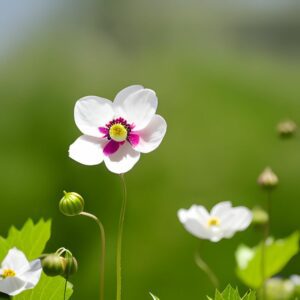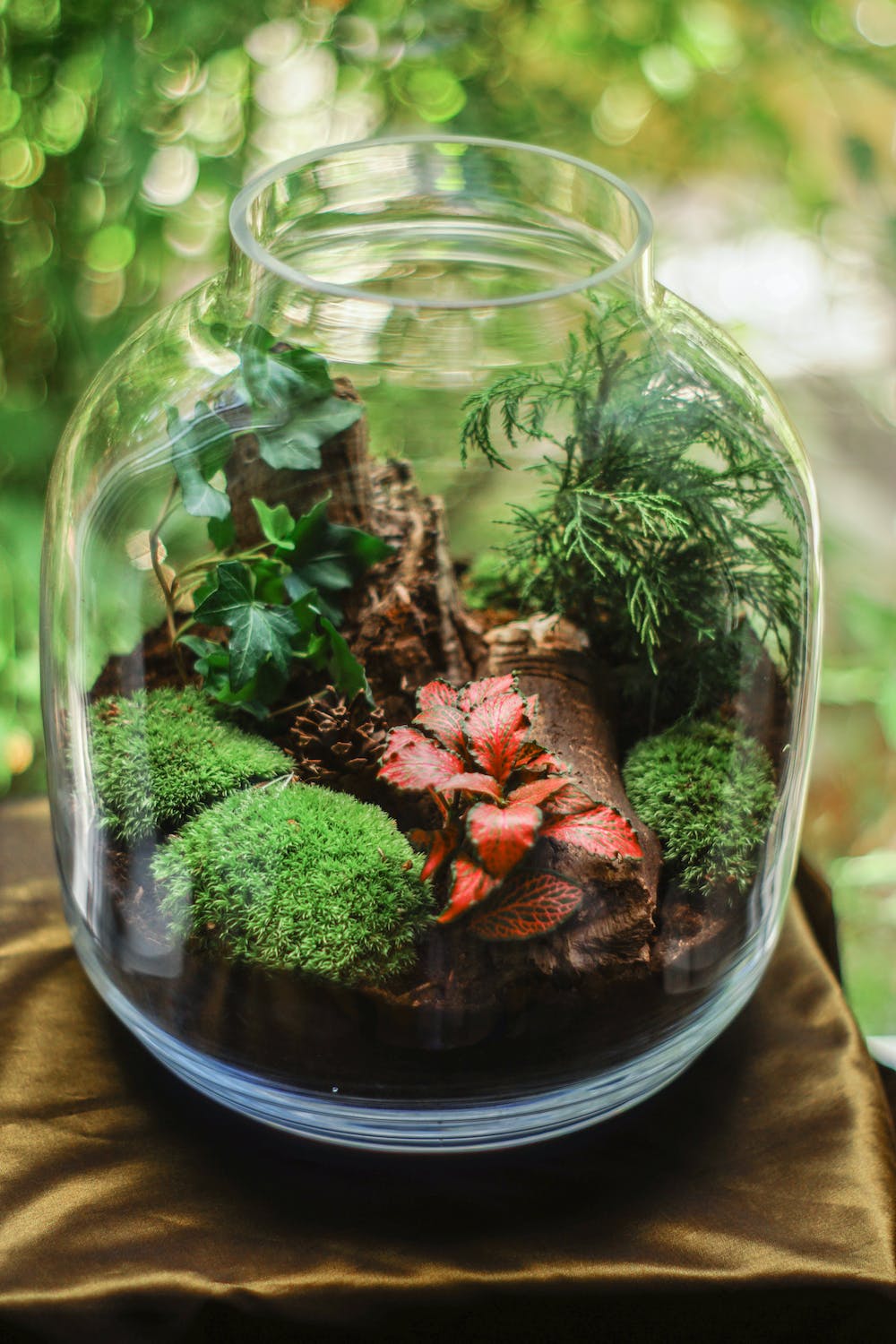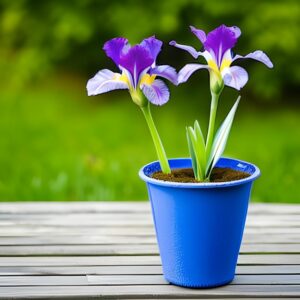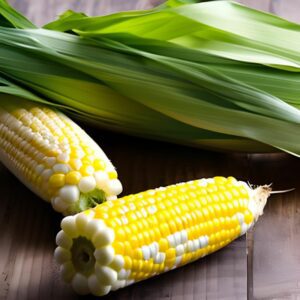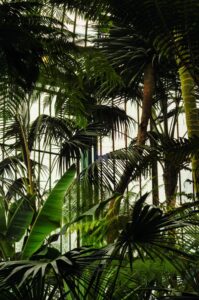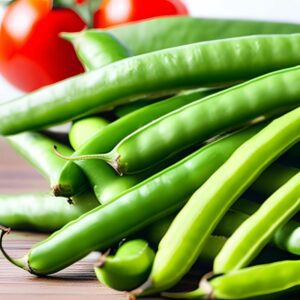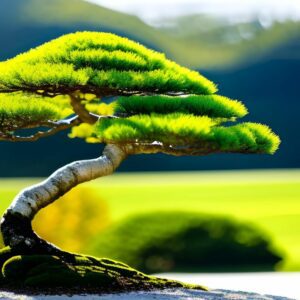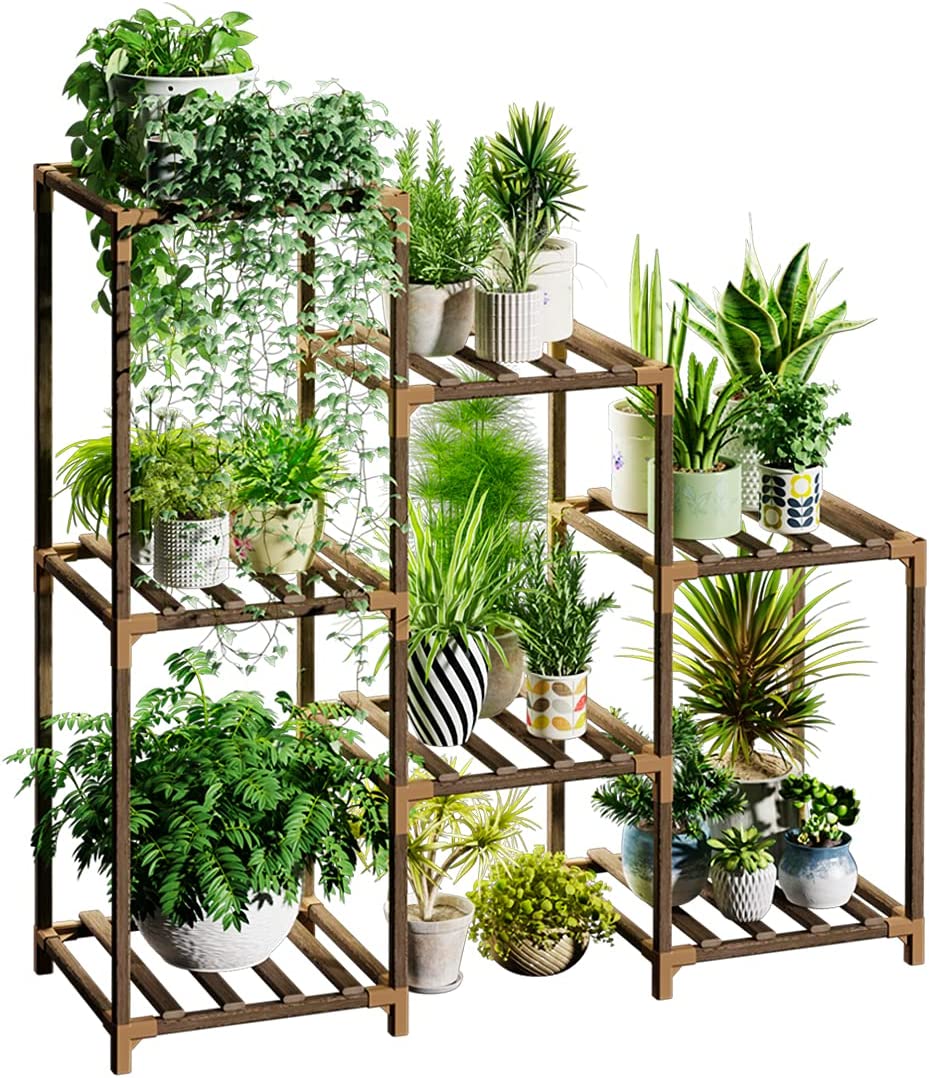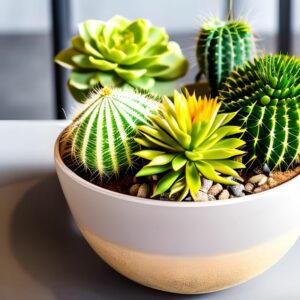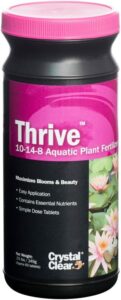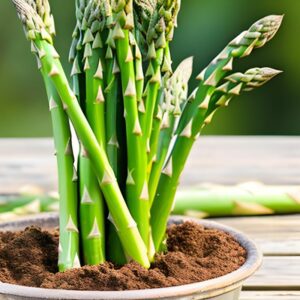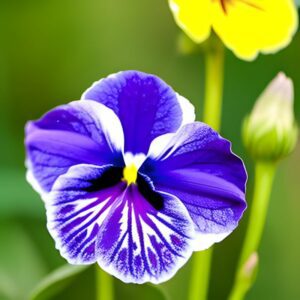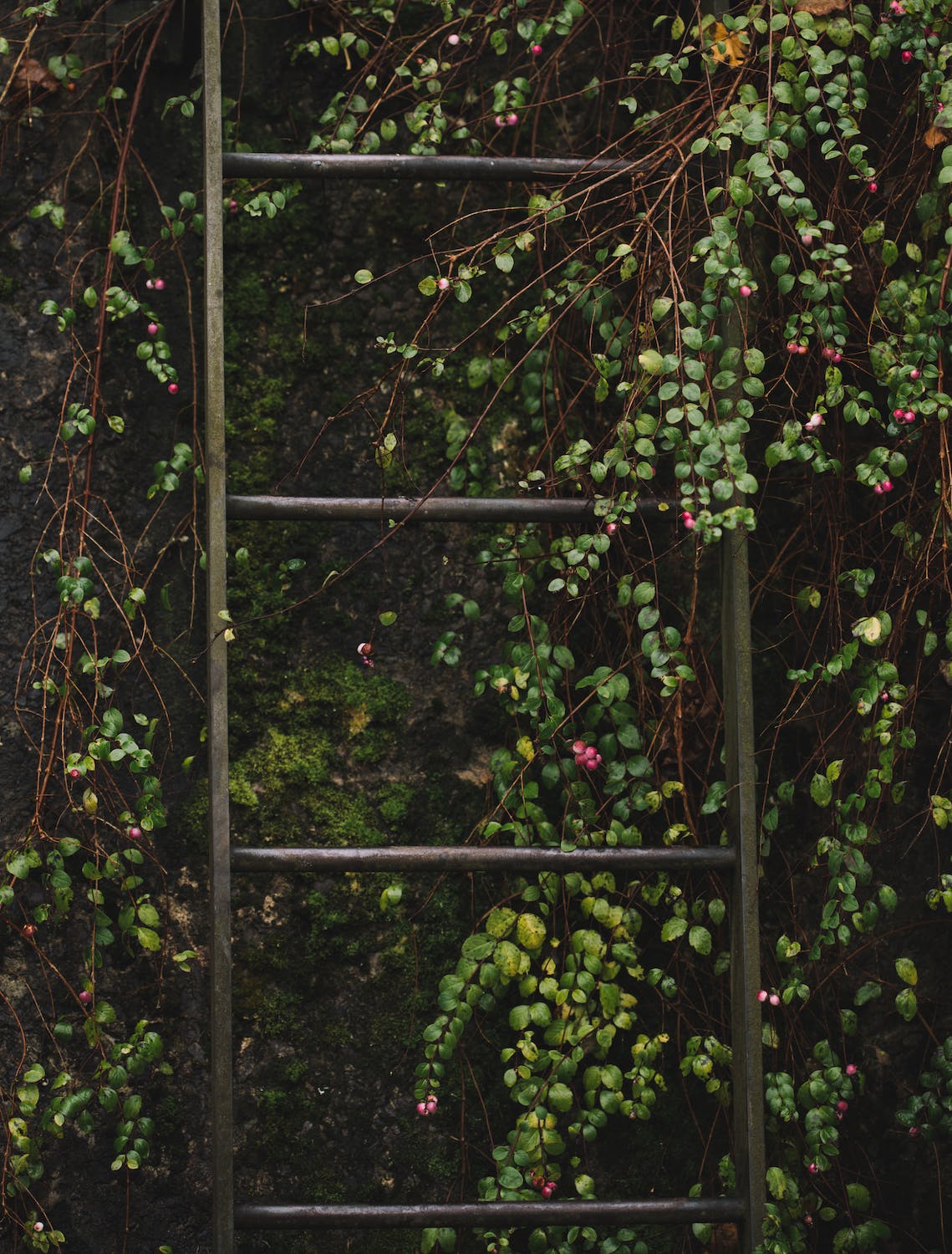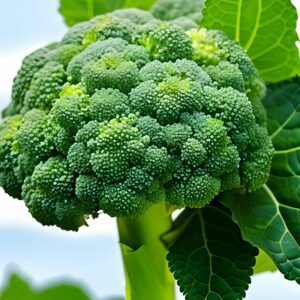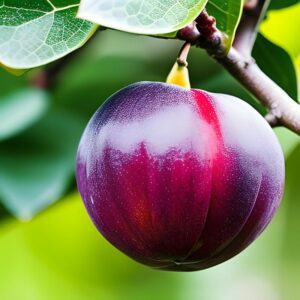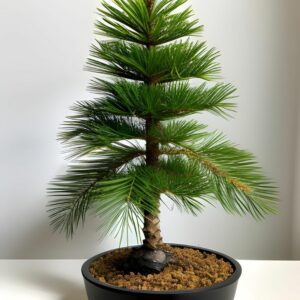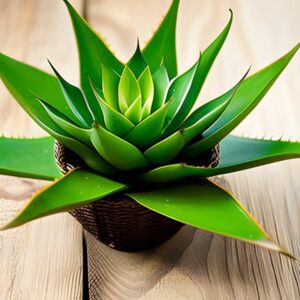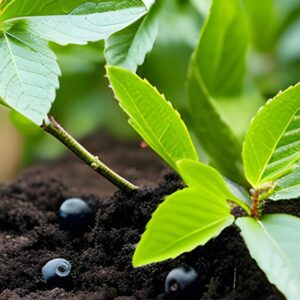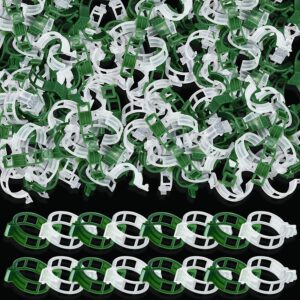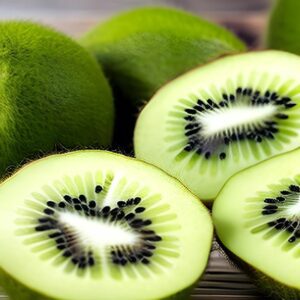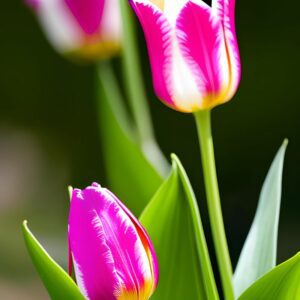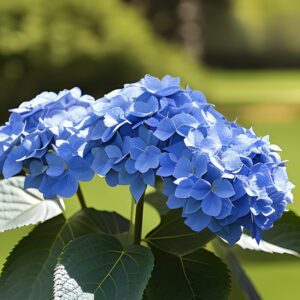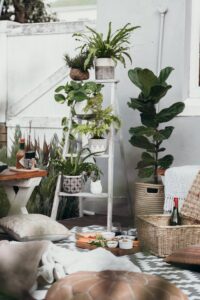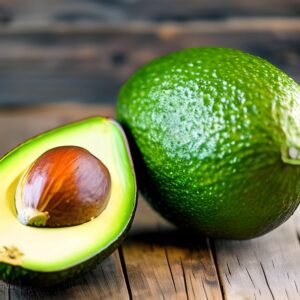Blue Flax
Flower
- North America
- Easy
- 6-8 weeks
Introduction
Blue Flax, also known as Linum lewisii, is a charming wildflower native to North America. This perennial plant is highly valued for its delicate blue flowers that add a pop of color to gardens, meadows, and roadside landscapes. It is easy to grow and attracts pollinators like bees and butterflies.
Plant Characteristics
Blue Flax features slender stems that grow up to 2 feet tall, adorned with narrow green leaves. The sky-blue flowers are saucer-shaped and measure about an inch in diameter. They bloom abundantly throughout the summer, creating a beautiful display of blue hues in the garden. The flowers open in the morning and close in the afternoon.
Ideal Growing Conditions
Blue Flax thrives in full sun and well-draining soil. It can tolerate various soil types, including sandy or rocky soils. This drought-tolerant plant prefers dry to medium moisture levels, making it an excellent choice for xeriscaping or water-wise gardening. It is adaptable to different climates and can withstand both hot summers and cold winters.
Planting Guide
Sow Blue Flax seeds directly in the garden in early spring or late fall. Prepare the soil by removing weeds and loosening it to a depth of 6-8 inches. Scatter the seeds evenly and lightly press them into the soil surface. Water gently to moisten the soil. Maintain consistent moisture until the seeds germinate, which usually takes about 2-3 weeks.
Watering and Fertilizing
Blue Flax is relatively low-maintenance and does not require frequent watering once established. Water deeply but infrequently, allowing the soil to dry out between waterings. Avoid overwatering, as it can lead to root rot. Fertilization is not typically necessary, as this wildflower thrives in nutrient-poor soils.
Pruning and Maintenance
Blue Flax is a self-seeding perennial that readily produces new plants. After the blooming period, you can leave the seedheads on the plant to allow for self-seeding or collect them for future propagation. To maintain a tidy appearance, remove any dead flowers or spent stems as needed.
Harvesting or Flowering
Blue Flax flowers from late spring to early summer, providing a burst of vibrant blue color to the garden. The flowers attract pollinators and beneficial insects, making it a valuable addition to wildlife-friendly gardens.
Post-Harvest Care
Once the flowering season is over, you can collect the seeds for future plantings or let the plant self-seed naturally. Leave the foliage in place to provide some protection to the plant during winter. In colder climates, a light mulch layer can help protect the roots from frost.
Troubleshooting
Blue Flax is generally pest and disease resistant. However, it can be susceptible to root rot in poorly drained soils. To prevent this, ensure proper soil drainage and avoid overwatering. Occasionally, you may notice aphids or spider mites, which can be controlled with insecticidal soap or by introducing beneficial insects to the garden.
Fun Facts
Blue Flax is known for its symbolism, representing loyalty and remembrance. The name “forget-me-not” is associated with a German folklore tale, where a knight drowned while picking these flowers for his beloved. He threw the bouquet to her and shouted, “Forget me not!” as he was swept away by the river. These charming blue flowers continue to be a symbol of love and remembrance.
